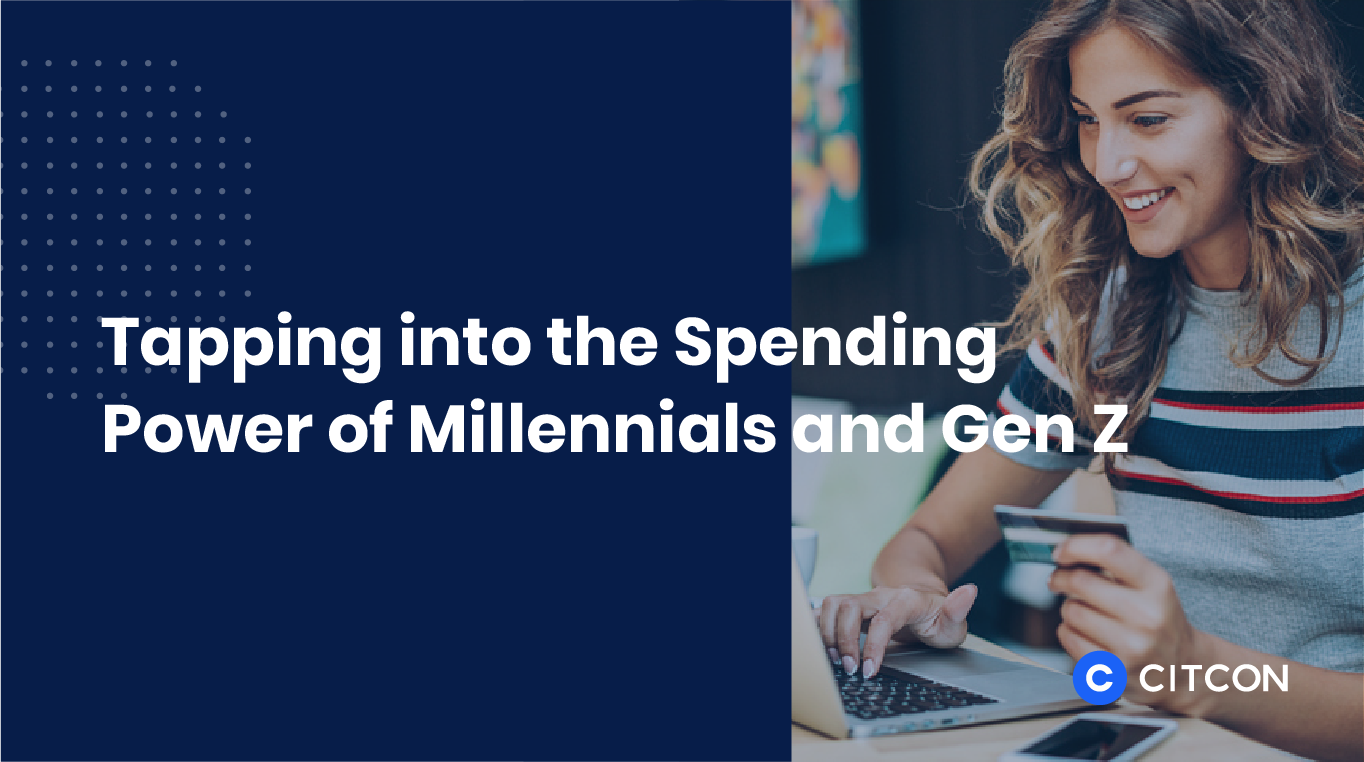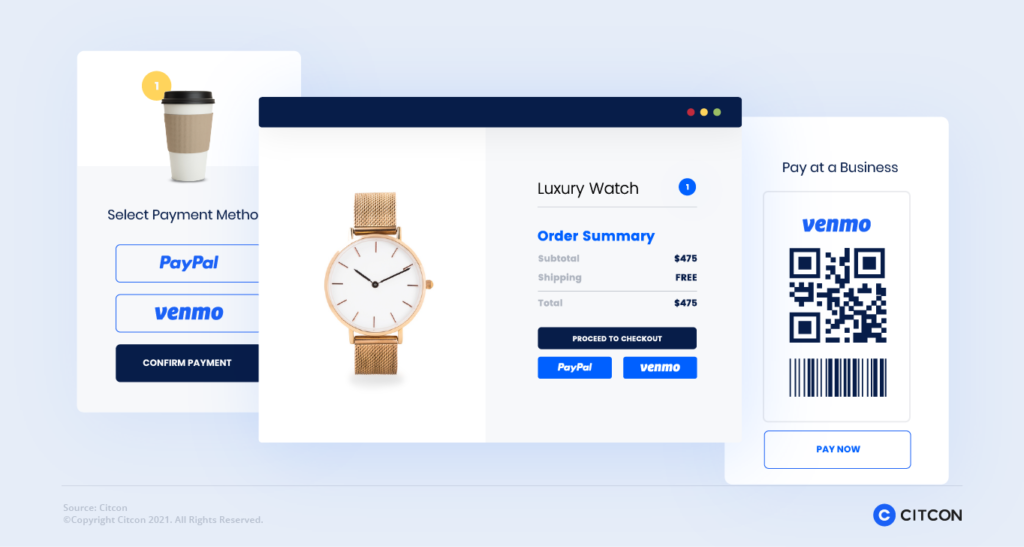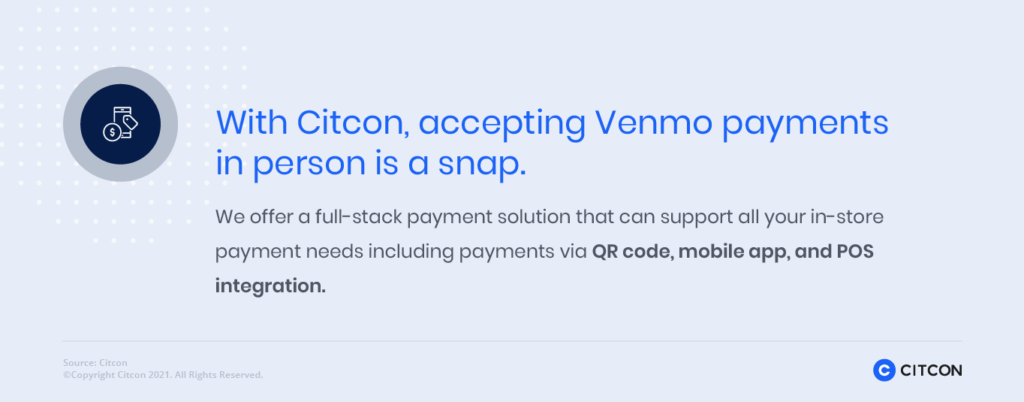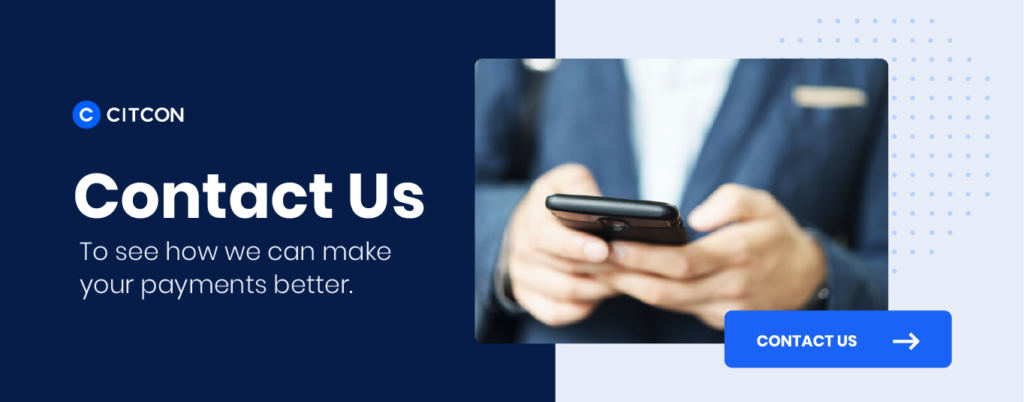How to Start Accepting Venmo and PayPal Now Without Delay

By Wilson Qiu
PayPal and Venmo are two of the most popular payment methods in the US, especially among younger people. And that’s important because two younger generations—Millennials and Generation Z—will be overtaking Boomers as the largest consumer group nationally. Gen Z alone (born between 1995 and 2010) currently commands $143 billion in buying power, or 40% of all consumer shopping. To continue to be successful, merchants need to accept these consumers’ preferred methods of payment, including mobile payments.
It’s true. Millennials and Gen Z are at the forefront of mobile payments. Nearly 48% of people ages 18 through 34 have a mobile wallet and 32% are interested in one. That’s why accepting PayPal and Venmo is crucial. In fact, if you’re not accepting PayPal and Venmo payments, you may be excluding sales from more than 377 million users.
In addition to expanding your reach, accepting PayPal and Venmo can offer your existing customers secure, fast, and contactless payments—benefits that many customers have now come to expect and even enjoy.
Related Read: 3 Undeniable Global Stats About Mobile Wallets

What’s the Difference Between PayPal and Venmo?
When considering adding more payment methods, it’s helpful to understand each method’s advantages and challenges. Even though they’re under the same ownership, PayPal and Venmo differ.
PayPal was founded in 1998, early on in the Internet age, and its initial focus was to provide fast, low-cost payments to small businesses and online merchants. It was sold to eBay in 2002 and has since expanded its services to send money globally, for personal payments, and to shop in person using contactless payments by using a smartphone or QR code. Because of its versatility, PayPal can be considered the “Swiss army knife” of payment methods.
Founded more than a decade later in 2010, Venmo was created when two people (the founders) wanted to pay each other without using cash. Its initial focus was to send money peer-to-peer—to split a check at a restaurant or pay your roommate for your share of the utilities. After its acquisition by PayPal, Venmo became accepted nearly everywhere PayPal is and can now be used by businesses to accept payments.
Unlike PayPal, however, Venmo has a social aspect to it. Users can add emojis and stickers when sending payments to others. Also, unless it’s set to private mode, the non-sensitive aspects of the payment are shared publicly, or with friends, through a scrolling feed where others can like or comment. In addition, Venmo can only be used by businesses to accept payments inside the U.S.
How Businesses Accept PayPal and Venmo
Both PayPal and Venmo allow merchants to take payments online, in person, or via app. If a merchant already has PayPal as a method of payment, Venmo will be an option for customers during checkout. Offering these types of payments is important because they can be the preferred method of payment for customers for a variety of reasons including speed, social aspects, or global reach. Plus, they’re the two most popular digital payment methods used in the U.S.

If you already use Citcon’s services, launching PayPal and Venmo is nearly effortless, as they require the same simple setup as your existing Citcon implementation. If you’re not yet part of the Citcon family, we can provide a tailor-made business solution with free setup and easy onboarding. Citcon offers integration via API, eCommerce platform, or through your legacy POS software or hardware.
Related Read: 10 Questions to Ask a Global Payment Gateway Provider
What to Know About Venmo for Business
Venmo now has more than 60 million active users. Merchants should keep two main things in mind when choosing to accept Venmo payments. The first is that, while Venmo was created for peer-to-peer transactions, the platform’s social component can be incredibly beneficial for businesses.
If a customer pays using Venmo, their transaction will likely be shared with their entire Venmo network. Because of this, Venmo’s social feed can help influence consumers to make purchases based on friends’ recommendations. In fact, nearly 78% of Venmo users have reported that they would share information about a merchant after a purchase, and 82% would consider making a purchase after seeing a retailer mentioned by someone on their Venmo feed.
The second thing merchants should keep in mind when choosing to accept Venmo payments is Citcon. Here’s why.
Accepting Venmo Payments Online or via App
Citcon’s all-in-one payment platform allows online merchants to offer Venmo checkout as part of their eCommerce checkout process. Once this is done, the customer can choose Venmo as a form of payment. In addition, Citcon can connect Venmo to enterprise apps to allow customers to make payments. Several well-known businesses already accept Venmo payments, including Uber, Grubhub, Hulu, and Lululemon.
Accepting Venmo Payments in Person
Merchants can accept Venmo payments in person by using a QR code. They can scan the QR code generated by the Venmo app on the customer’s smartphone as a form of contactless payment. Alternatively, customers can scan merchants’ QR codes with their smartphones to effectuate payment.

With Citcon, accepting Venmo payments in person is a snap. We offer a full-stack payment solution that can support all your in-store payment needs including payments via QR code, mobile app, and POS integration.
What to Know About PayPal for Business
In many stores, the PayPal logo is proudly displayed as a method of payment along with the logos of major credit cards such as Visa, Mastercard, and American Express. The fact that it has been used by businesses for nearly two decades has made it a well-recognized brand worldwide. One of the biggest pluses of PayPal is its global reach. It is available in over 200 countries or regions.

Accepting PayPal Payments Online or via App
PayPal can be integrated as an app payment or connected to well-known eCommerce platforms such as WooCommerce or Magento. Payments can be accepted globally in more than 100 currencies.
Accepting PayPal Payments in Person
PayPal can be used for contactless mobile payments in person. Just like Venmo, PayPal can be used to generate or scan QR codes to pay for purchases.
Start Accepting PayPal and Venmo Now Without Delay
Citcon can help your business to start accepting PayPal and Venmo payments and even more.
Citcon offers merchants one platform for all their payment needs, so you can accept PayPal and Venmo in addition to 20+ other mobile wallets and credit cards. Request a demo or contact us for a free consultation to find out how we can get you started.

